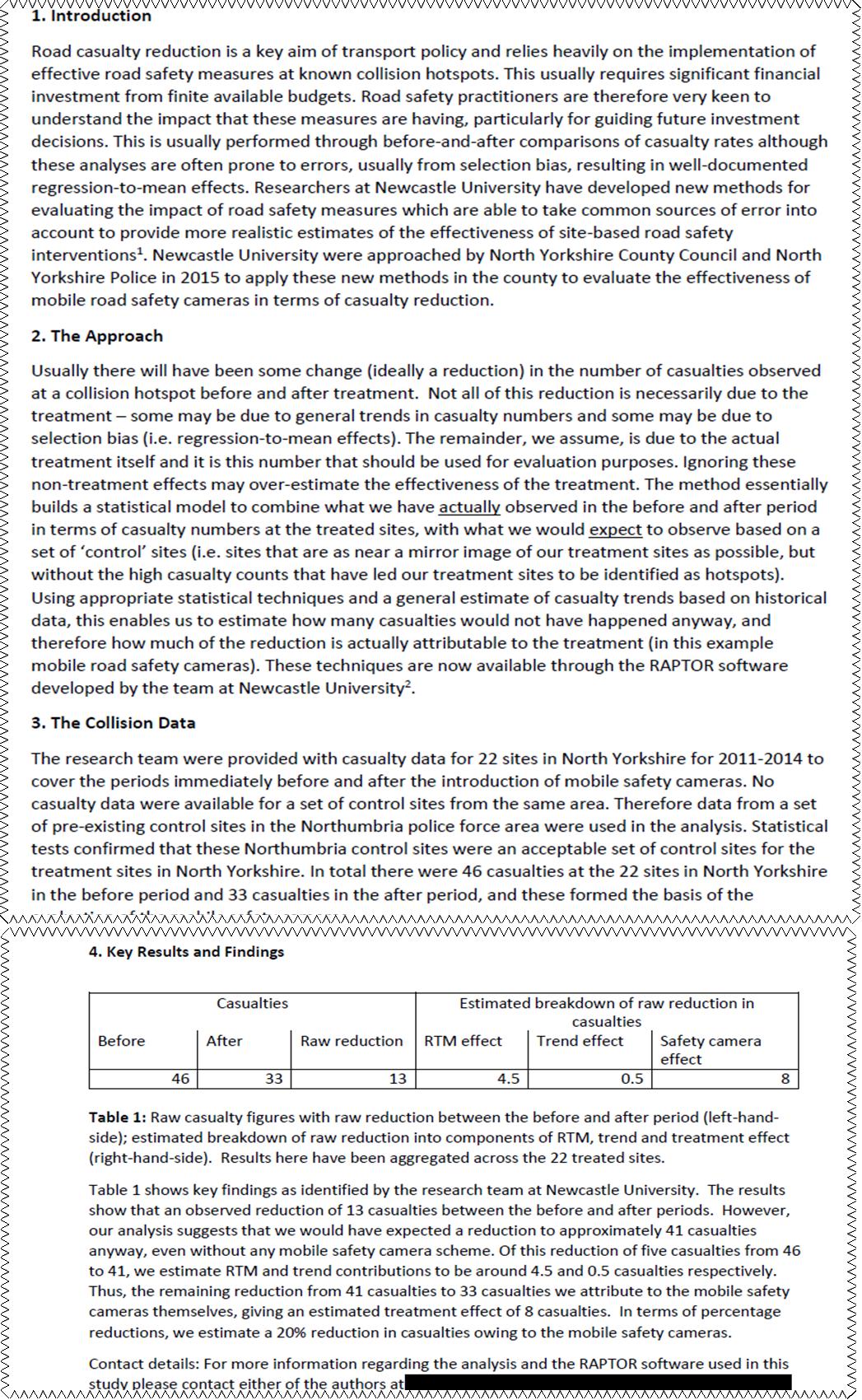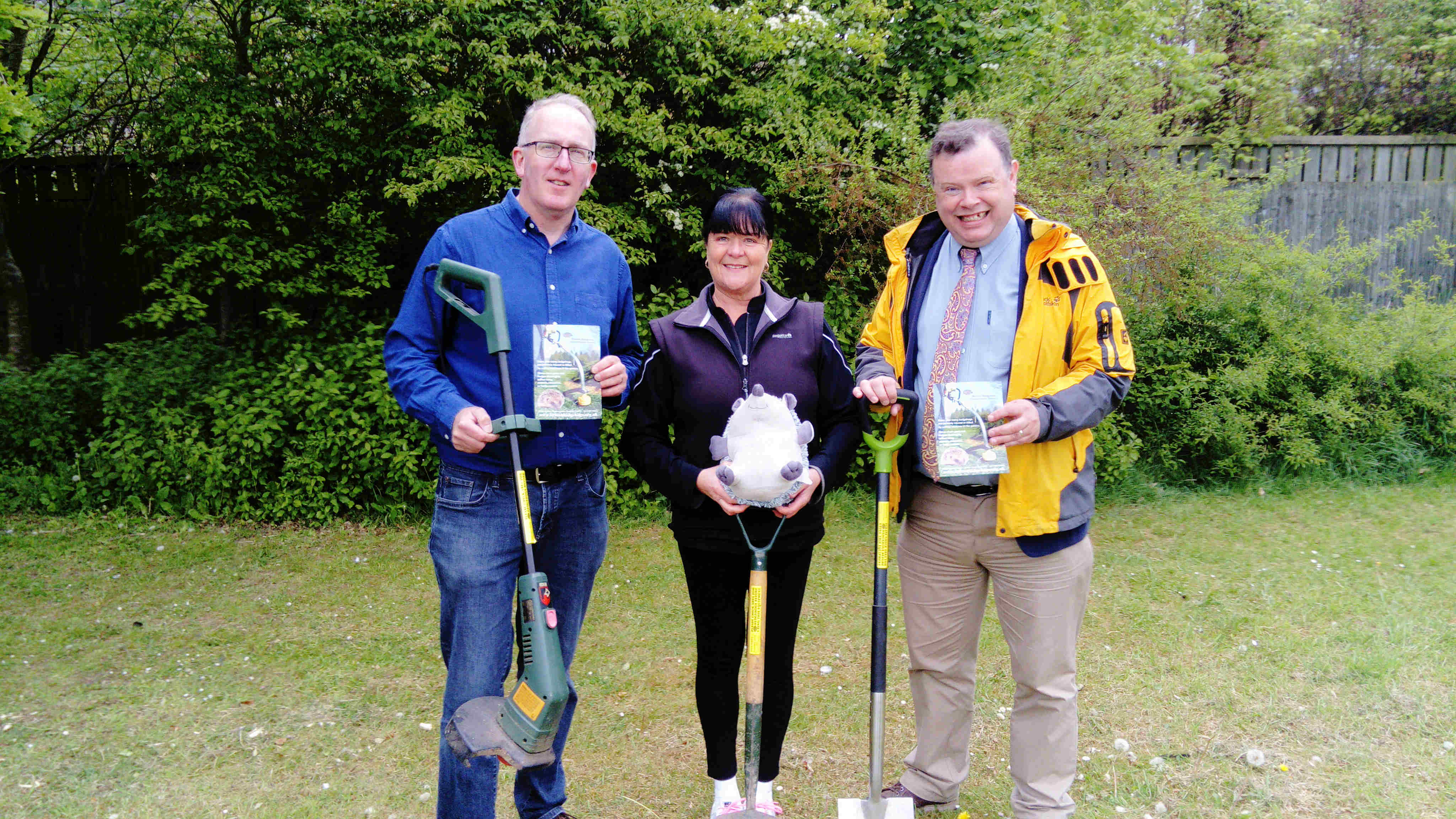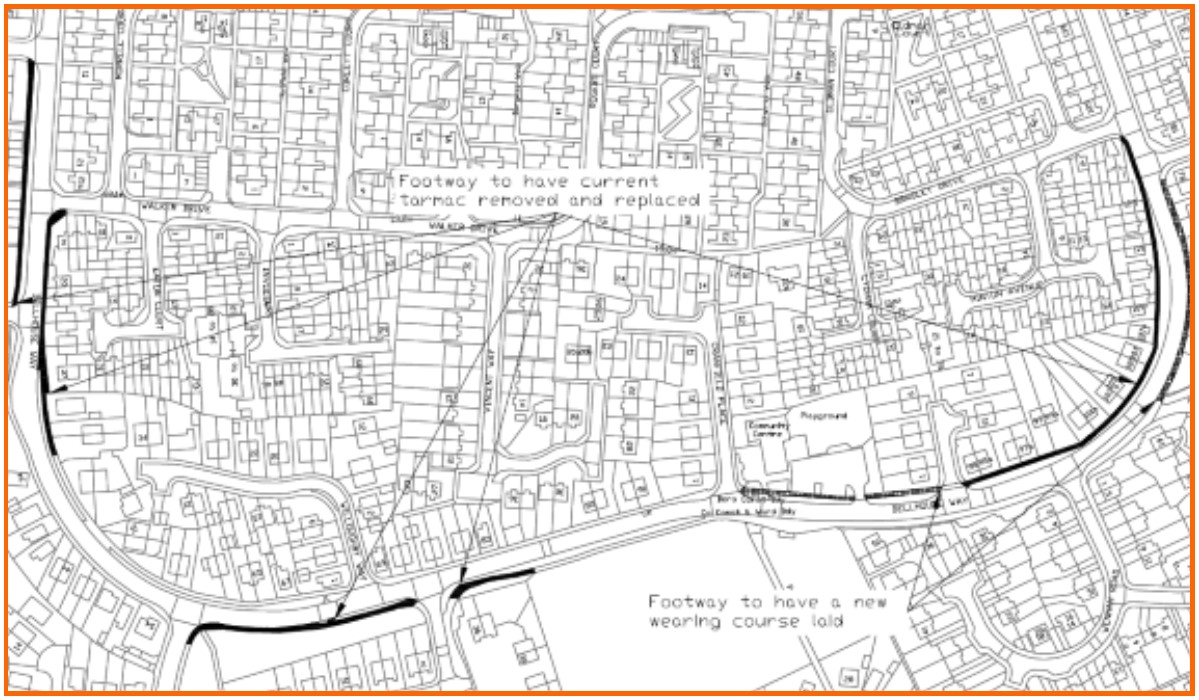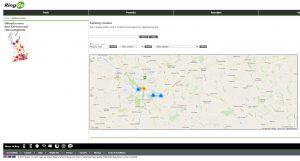We reported on claims made in April that the North Yorkshire Police and Crime Commissioner (PCC) had claimed that University report had found that 8 accidents had been prevented as a result of the deployment of mobile speed camera vans in the county.
We did wonder at the time how they could possibly know?

Maybe accident reduction is about keeping drivers alert?
The police have previously admitted that they don’t record the trend in average/mean/top speeds recorded at the sites that they regularly monitor with cameras.
So there is currently no way of knowing whether vehicle speeds are reducing, or increasing, over a period of time.
Nor were the police able to provide accident data for monitored sites, although we still await a response from a fresh Freedom of Information request on this issue.
On 11th May, North Yorkshire Police emailed us to say that they “do not currently hold a copy of the study conducted by Newcastle University”
On 5th June, following further pressure, the PCCs office provided a link to what they claimed was the University study. As we recorded at the time, this study concerned only Northumberland and appeared to have little relevance to the situation in North Yorkshire.
On 30thJune a further message was received from the PCCs office. It appears that they had now found a report (reproduced below). It transpires that the report was based on a desk top study that had been undertaken in 2015
Unfortunately, the report covered a period between 2011 and 2014 where there had been a general downturn in accident figures across the whole of North Yorkshire.
We conclude that the Police and PCC have been evasive when responding to requests that they justify their expenditure on deploying additional mobile camera vans (There are 12 in the county now).
Too often it seems that the cameras are located at sites where the principal objective is to maximise revenue (the income from “speed awareness” courses is used by the police to offset the costs of the vans).
Recent accidents on the A64 may raise further concerns about the effectiveness of the policy.
The original intention of the speed vans had been to locate them at and near, accident black spots.
They would also spend some of their time in the suburbs, and in villages, as a way of reassuring residents who were concerned about speeding issues.
When we have the final information that we requested on accident levels we will write to the PCC.
If necessary, this will be followed by a formal complaint.

Newcastle University report for North Yorkshire Police and PCC








